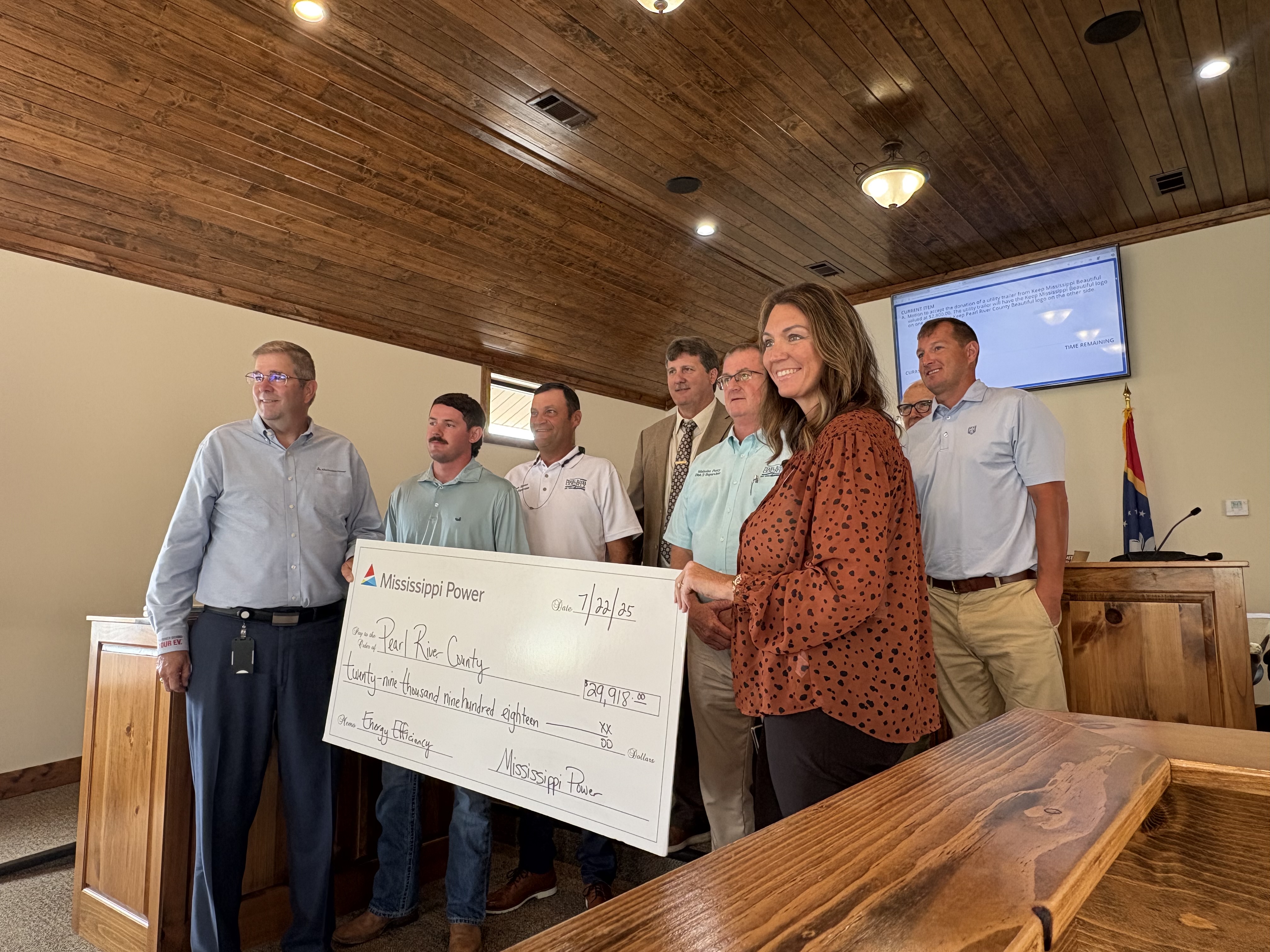Today is June 1, 2021
Published 7:00 am Tuesday, June 1, 2021
Atlantic Hurricane Season Starts
Understanding weather emergencies
Weather emergencies can happen at any time of year and in any part of the world. Learning to recognize the most common weather hazards can help people confront adverse weather situations more capably.
Trending
High temperatures
High temperatures are experienced during the summer in many parts of the world. Heat waves occur when high temperatures stick around for two or more days, advises the National Oceanic and Atmospheric Administration. To qualify as a heat wave, temperatures have to exceed the historical averages for a given area. High-pressure systems trap air in one place as it warms, leading to a heat wave. While heat waves may not seem especially dangerous, the NOAA says they kill more people than all other weather-related disasters combined.
Floods
A flood is a major weather hazard that is caused by heavy rainfall over a given area in a short period of time. During a flood, water does not drain quickly enough. Flooding occurs rather suddenly and has the potential to cause loss of life and property damage. Raging torrents of water can form and rip through anything in their path, states the National Weather Service. Flooding is dangerous while it is happening, but also afterwards, as live wires, waste and debris can pose their own hazards.
Hurricanes
Hurricanes are destructive and dangerous storms that may be referred to as “cyclones” and “typhoons” in other parts of the world. These storms cause high winds, flooding, heavy rain, and tidal surges. Unlike some other storms, hurricanes can be tracked for days prior to making landfall. That means people have ample time to take the necessary steps to stay safe when they’re in the path of a hurricane.
Trending
Tornadoes
Tornadoes form a concentrated, highly volatile and rapidly rotating column of air that is in contact with both the surface of the Earth and a cloud. National Geographic says their winds may top 250 miles per hour and affect pathways up to a mile wide and 50 miles long. Tornadoes have been reported in various countries, but are most often seen in the United States.
Additional weather hazards include earthquakes, blizzards, wildfires, mudslides, and even run-of-the-mill thunderstorms. Understanding storms can help people recognize the appropriate measures they can take to stay safe should they find themselves in the line of an adverse weather event.
**
In 1495, John Cor, who is a monk, records the first batch of Scotch Whiskey
**
In 1967, The Beatles release Sgt. Pepper’s Lonely Hearts Club Band
**
Top self-defense tips for personal safety
No one wants to imagine themselves in a situation that requires fending off an attacker, but it’s imperative that people avoid the “it won’t happen to me” mentality.
The Federal Bureau of Investigation reports that, in the United States in 2019, there were in excess of 1.2 million violent crimes, which included robbery, rape, aggravated assault, manslaughter, and homicide.
While it may not be possible to protect oneself against every type of crime, being aware of potential dangers and learning some techniques to fend off a would-be attacker can go a long way toward improving personal protection.
Self-defense techniques can be utilized by anyone. Self-defense instructors may have fine-tuned certain techniques, but these generalized guidelines can serve as useful starting points.
Learn the vulnerable areas
Whether you are stronger or weaker than your attacker, the element of surprise is your friend. Blows directed to vulnerable areas can bide you time to get away. Vulnerable areas include the eyes, nose, throat, groin, and shins.
Use what you have
Jennifer Cassetta, the creator of Stilettos & Self Defense, a popular self-defense program taught at colleges, corporations and conferences around the country, advises stabbing at the attacker’s arms or hands with a key or another object if you are ever grabbed. Use pepper spray if you have it.
Use strong body language
Body language is a nonverbal form of communication that projects a strong and confident person. If you appear alert and strong – making eye contact with all people – would-be attackers may look for easier targets. Also, keep your composure and try to avoid appearing afraid.
Stay close and hit first
Whether you are on the offensive or defensive, keeping close to your attacker might make it more difficult for that person to hit you hard. Also, striking first can catch the attacker off guard and increase your chances of escaping. Try to push him or her to the ground, because gaining balance after falling is not easy.
Even if you master every self-defense technique, remember self-defense is not about winning a fight. The main objective is to stay safe, and this may mean running away at the first opportunity. The immediate goals of self-defense are to wrench free, disorient the attacker and escape.





